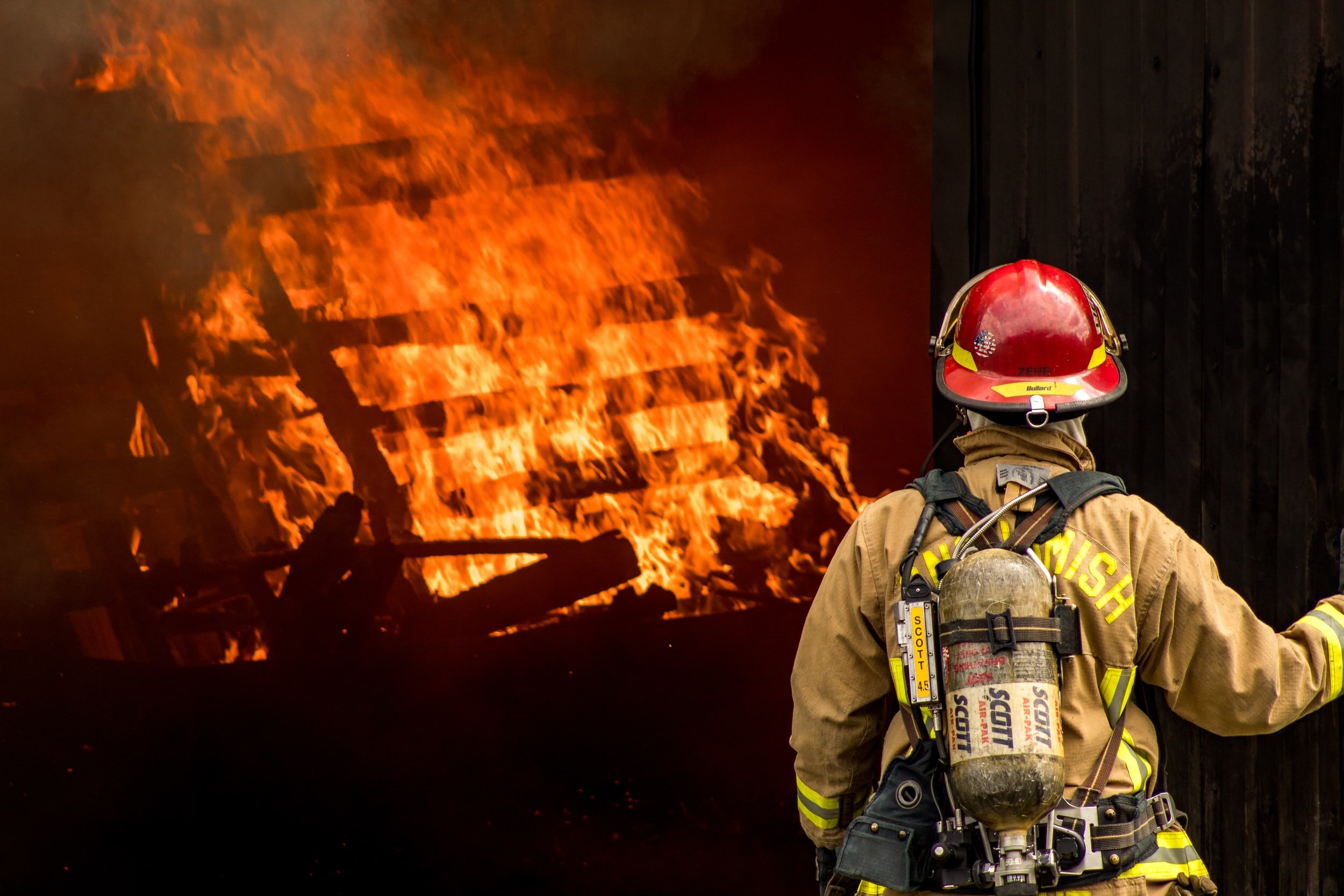
Learn About NFPA 1971
What is the NFPA 1971 Standard?
NFPA 1971 protects firefighters by establishing minimum levels of protection from thermal, physical, environmental, and blood-borne pathogen hazards encountered during structural and proximity fire fighting operations.
NFPA 1971 specifies the minimum design, performance, testing, and certification requirements for proximity fire fighting protective ensembles and ensemble elements that include coats, trousers, coveralls, helmets, gloves, footwear, and interface components.
Section 8.62 of NFPA Standard 1971 requires a light degradation resistance test for “moisture barrier materials.” Turnout gear pants and jackets are comprised of an outer shell, a moisture barrier, and a thermal barrier. Practically speaking, this means that the middle layer of the three-layer turnout gear needs to pass this light degradation resistance test. This specific requirement is preventing PFAS-free moisture barriers from being created.
Why does TIA 1954 for NFPA 1971 matter?
TIA 1954 for NFPA 1971 would remove the light degradation resistance test from the moisture barrier layer of turnout gear. Passing TIA 1954 and removing the light degradation resistance test, will not prohibit the use of PFAS in turnout gear – it will simply allow for PFAS-free gear to be an option for fire departments.
Why do some firefighters want PFAS out of the gear?
PFAS are a class of human-made chemicals that have an incredibly strong carbon-fluorine bond that forms the backbone of each molecule. Because of this strong carbon-fluorine bond, PFAS do not easily break down in the environment and are often referred to as “forever chemicals.”
PFAS are associated with liver damage, thyroid disease, developmental issues, reduced fertility, high cholesterol, obesity, hormone suppression, and cancer.
Due to the association with cancer and the alarming cancer rates amongst firefighters, many firefighters want to limit their exposures to PFAS and toxic chemicals. Having PFAS-free gear would help eliminate an exposure pathway.



